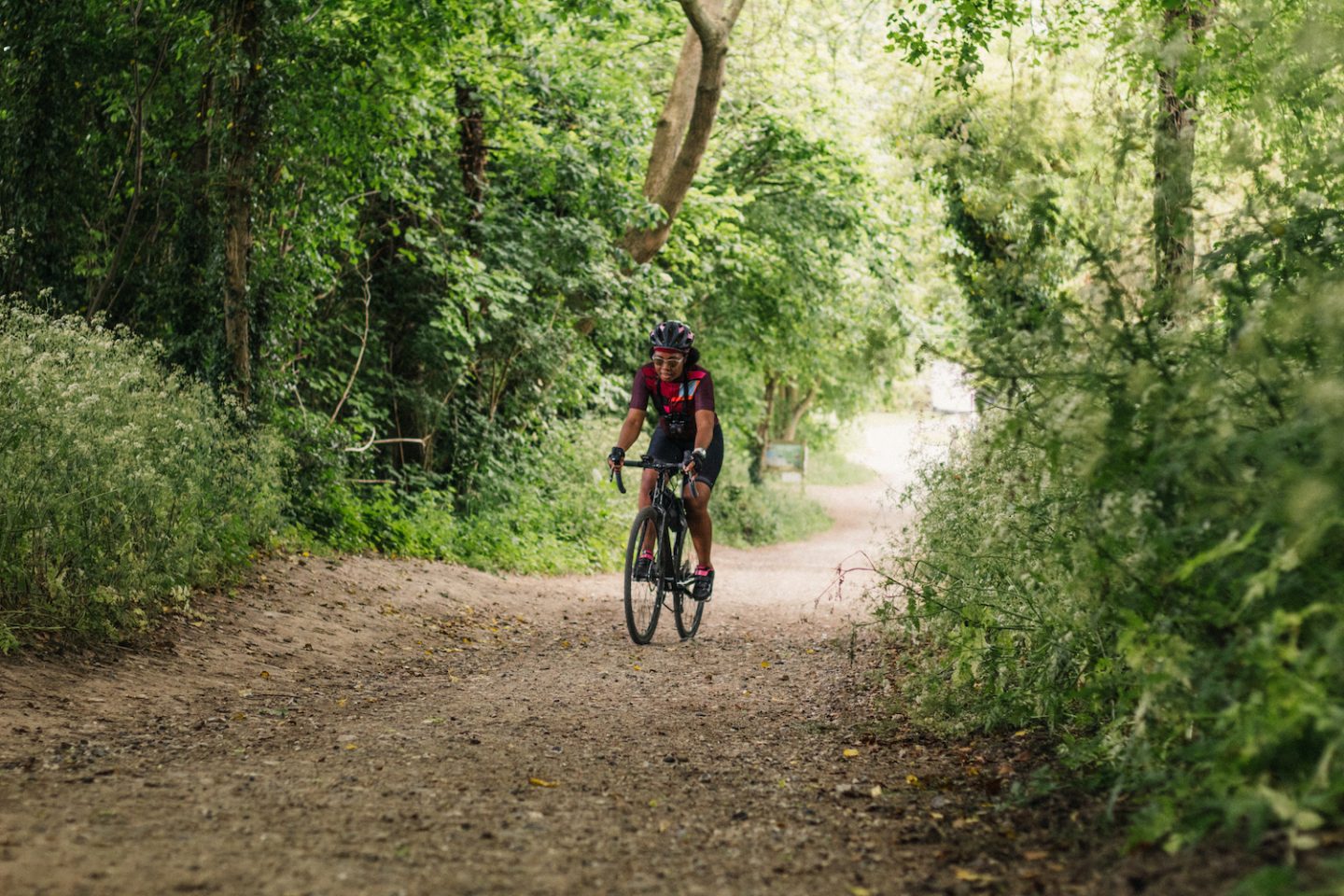
Back in 2017, in the height of my cycling days, I decided to ride unsupported from London to Paris with friends. I guess this was my first taste of bikepacking, but it probably should be classed more as ‘credit card bikepacking’ as we stayed in hotels each evening and enjoyed eating out locally in the evenings.
More recently though, bikepacking, involving camping each night seems to have grown in popularity in the UK and although I was never naturally an outdoors person, I’ve been keen to give bikepacking a go and even got out on part of King Alfreds Way recently.
But, last time I camped was at the Tour of Cambridge in slightly more spacious surroundings with a four person tent.
Researching Bikepacking Kit
If you’re also new to bikepacking, choosing and packing your kit is a balancing act. The lighter you pack, the quicker you’ll be able to ride (if that is important). However, you might find yourself without some necessary equipment which could impact your trip experience.
I reached out to absolutely everyone I know to find out what bikepacking kit was a must have, along with a plethora of options to suit different budgets.
What Bikepacking Bags Should I Use?
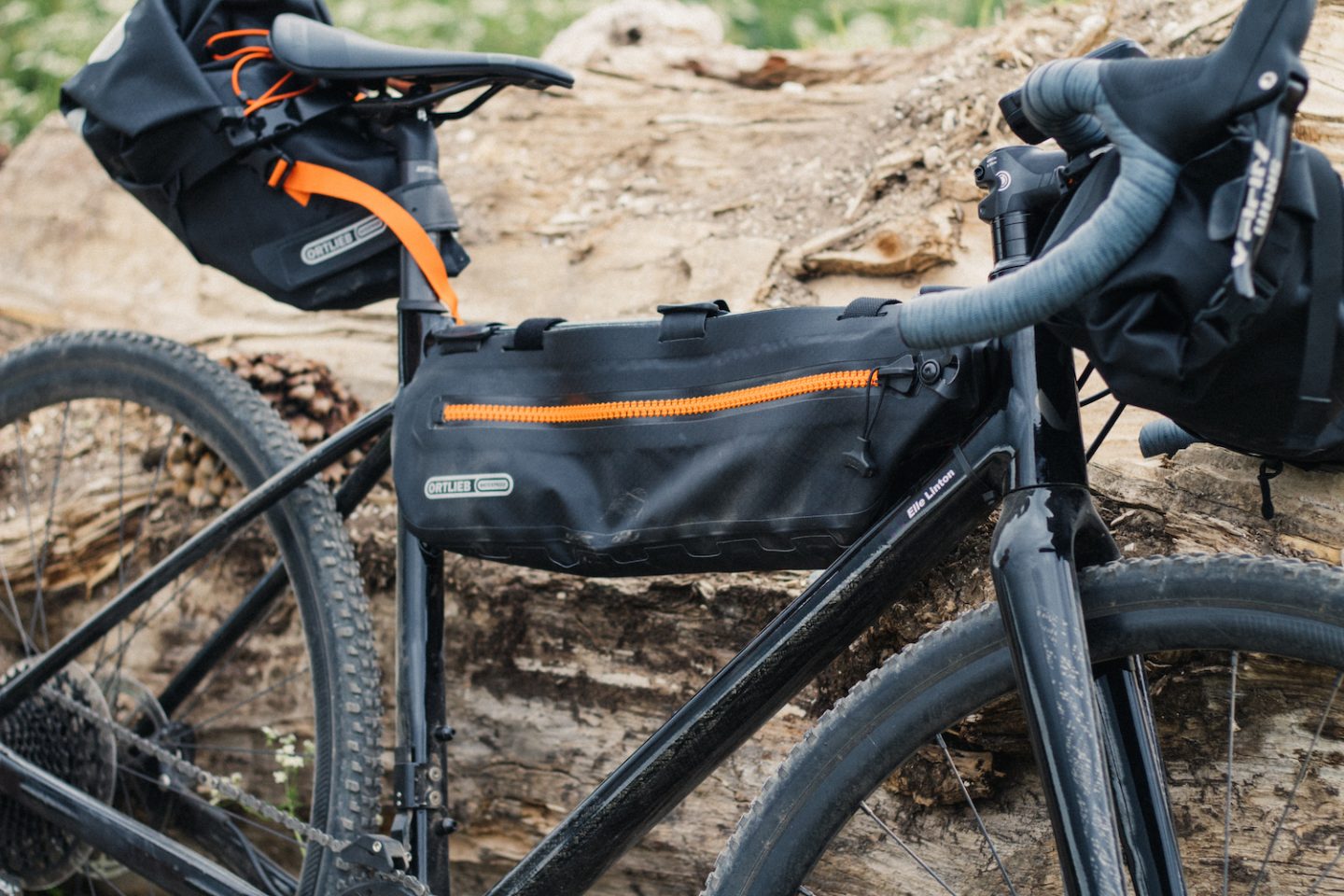
Probably the most essential kit to have is your pack (or an assortment of different sized packs / luggage pieces) that allow you to carry everything you need, comfortably.
From my research, the best set-up is to have a frame bag; Anneleen told me “depending on what you’re planning on doing though (and the size of your frame) I’d recommend having a frame pack and a slightly smaller saddle pack”. Frame packs can be an expensive purchase though.
She also said “the less you can have at the rear, the less your bike will swing around from the saddle pack (it’s also more comfortable going uphill if you don’t have all the weight at the rear)”.
Currently, I’m aiming for one large frame bag / set of smaller frame bags, handlebar packs, a backpack (with hydration system) and small saddlepack if needed.
I already have some handlebar bags / packs from my London to Paris trip from Apidura so the plan is to add to what I have. Since I bought mine though, they’ve updated their range and told me:
“Our Backcountry Packs are designed with mountain bike geometry in mind, whereas our Racing packs are more road bike orientated and super lightweight. Our Expedition packs are for those longer tours, and all of our packs are hard wearing and waterproof.”
– Apidura
They also have a useful size guide where you choose your bike make & model and they recommend the best packs to fit. However, although they feature Giant they don’t have Liv so I’ve submitted my two bike options – including my Liv Brava SLR – to see what they recommend.
Things that will affect what kit you take:
- Current, predicted, and possible weather
- How long your trip is
- Amenities at your campsite (if using one)
“Make sure to wrap electrical tape on the frame where the straps go around it so you don’t damage the paint (it happens really quickly!)”
– Anneleen
Choosing A Bikepacking Tent
When it comes to sleeping arrangements (outdoors) you have two options – a tent or a bivvy sack. A bivvy is basically a waterproof cover for your sleeping bag which allows you to go camping without a tent.
If you’re gonna go hardcore with a bivvy, I highly recommend you get one with a hoop that covers your head and keeps bugs out (for example the Alpkit Elan).
Alpkit came recommended over and over again for bikepacking tents for both value and quality.
The Alpkit Aeronaut 1 Bikepacking Tent
For my upcoming trip, I’ll be using the Alpkit Aeronaut (launched in 2021) which is a stuff-able 3-season tent specifically for bikepacking. The Aeronaut has a pole-free central hoop which can be inflated with a bike pump or foot pump.
Other Recommended Bikepacking Tents:
- Alpkit Soloist
- Big Agnes Fly Creek
- Alpkit Jaran 2 (2 person)
- If weight isn’t too much of an issue the Jaran 2 is a great all round tent. It’s compact and packs down neatly.
- Alpkit Ordos 2 (2 person)
- It packs down small enough to split over 2 bikes with sleeping bags, food, kit etc. Spacious enough for two good friends!Fully tested in a massive storm on Mull, and it didn’t let a drop of water in as well as withstanding the wind.
Choosing A Sleeping Bag
After choosing packs and tent, sleeping bag is my next priority. I was told that a 3 season sleeping bag with a silk or cotton liner is the minimum, so that’s what I’m aiming for.
As it stands, I should be using the Rab Neutrino 400 for my upcoming trip which is the most versatile of the options I had. They also do a women’s version (but it’s out of stock atm) which I imagine would be slightly shorter and therefore be a little more compact. But time is not on my side.
Here are some other sleeping bags that were recommend to me:
- Rab Neutrino 200 for Summer
- Rab Neutrino 600 for Winter
- Deuter Exosphere for really wet / humid weather
- Alpkit Pipedream 200 (budget)
- Cumulus xlite 200
- Sea to Summit Sp1
Other Sleep Essentials
Here are a few added essential for a good nights sleep under the stars:
- Footprint (groundsheet)
- Silk liner (for sleeping bag) in summer & therma liner if colder
- Self inflatating mat
- Pillow
I’ve picked up most of these bits from Decathlon, at pretty reasonable prices.
Other Bikepacking Kit Essentials
Here are a few other things to add to your bikepacking kit list for your trip:
- I.D
- Phone & portable charger
- Source of hydration (water bottles or hydration bladder)
- First aid kit
- GPS and route information
- Stove, cookware and cutlery
- Coffee making facilities
I’ll be using my Wahoo ELEMNT ROAM V2 for GPS. I’ve had it since the start of 2021, and haven’t missed my old Garmin for one second. It’s been easy to customise whether I’m doing a time-trial, or going off road.
I can now connect it to the Di2 system on my road bike enabling me to use my shifters to move the page on the device and also view which gear I’m in via my device.
My Bikepacking Bike For This Trip
The current plan is to ride the Liv Devote Advanced Pro 2021 (on loan), which is Liv Cyclings latest gravel bike. I’ve heard great things about the Devote so I’m excited to ride it for my weekend trip.
As a back up, I have my Brava (pictured below).
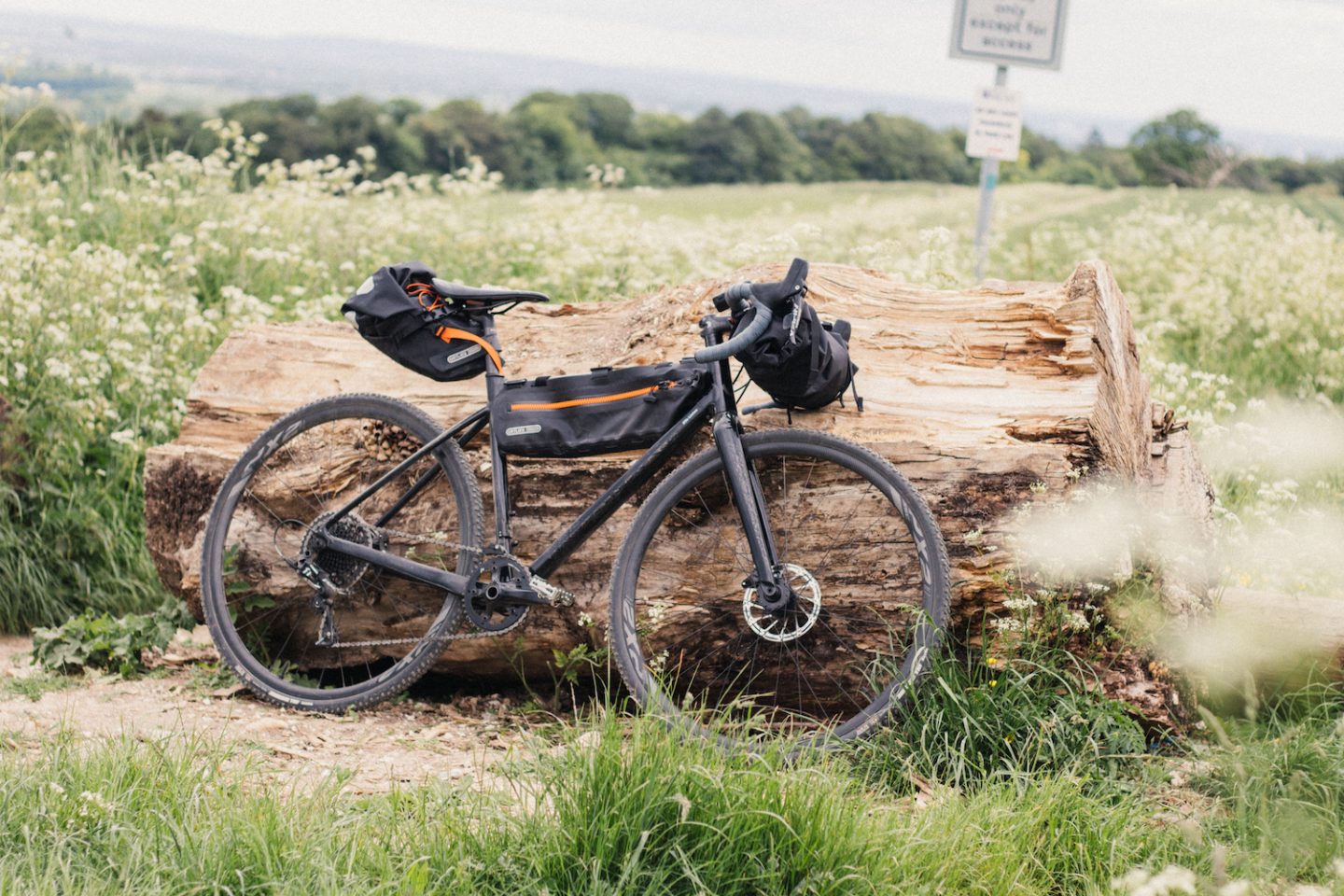
The Advanced Pro is a carbon model of the Devote so it’ll be one of the, if not the, lightest version available. It comes with 40mm tyres, perfect for a smoother ride off-road. Then, I think I’m gonna be spoilt with SRAM Force eTap AXS electronic shifters.
Hopefully I’ll get some great pictures and enough mileage to write up a review of the Liv Devote gravel bike after my weekend of bikepacking.
Whatever you do, try to get your kit sorted with enough time to go out on a test ride to see how it all feels in action and check for any issues. I did that for my L2P ride when we rode to Brighton, and it was invaluable!
The extra weight is going to slow you down, so don’t expect to be hitting any Strava PR’s on your bikepacking trip. Party pace is a good aim.
Are you keen bikepacker or planning your first trip?! Share your bikepacking kit tips, big or small, in the comments below!
Elle
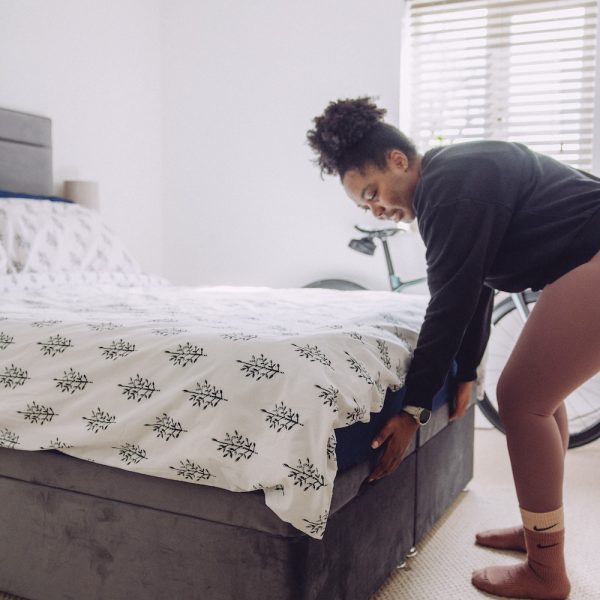
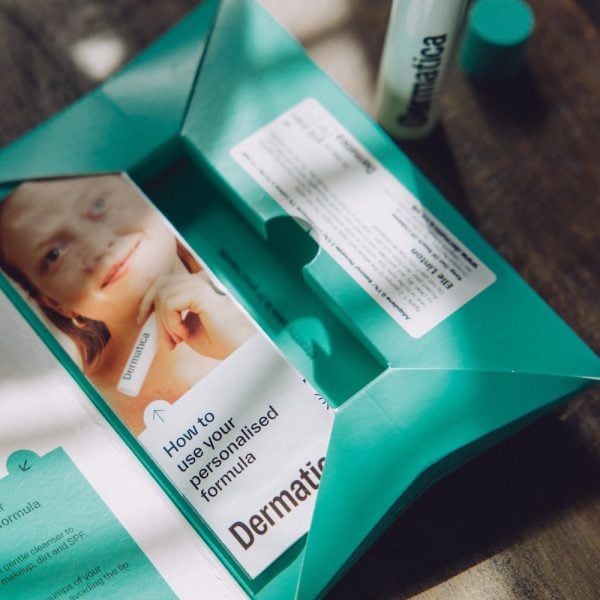
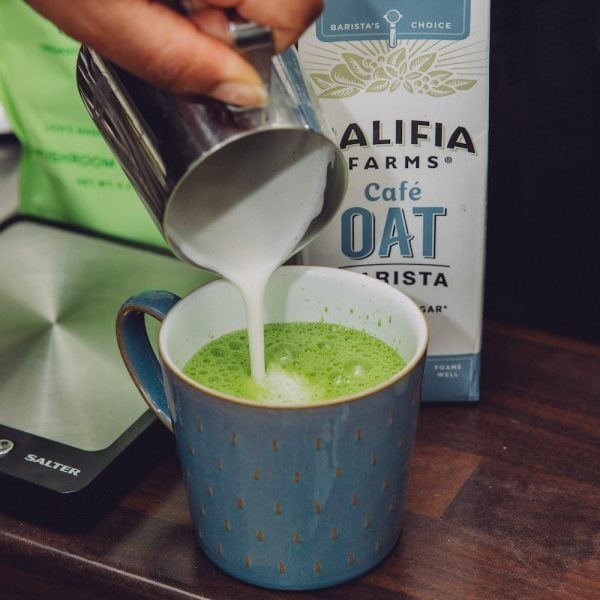

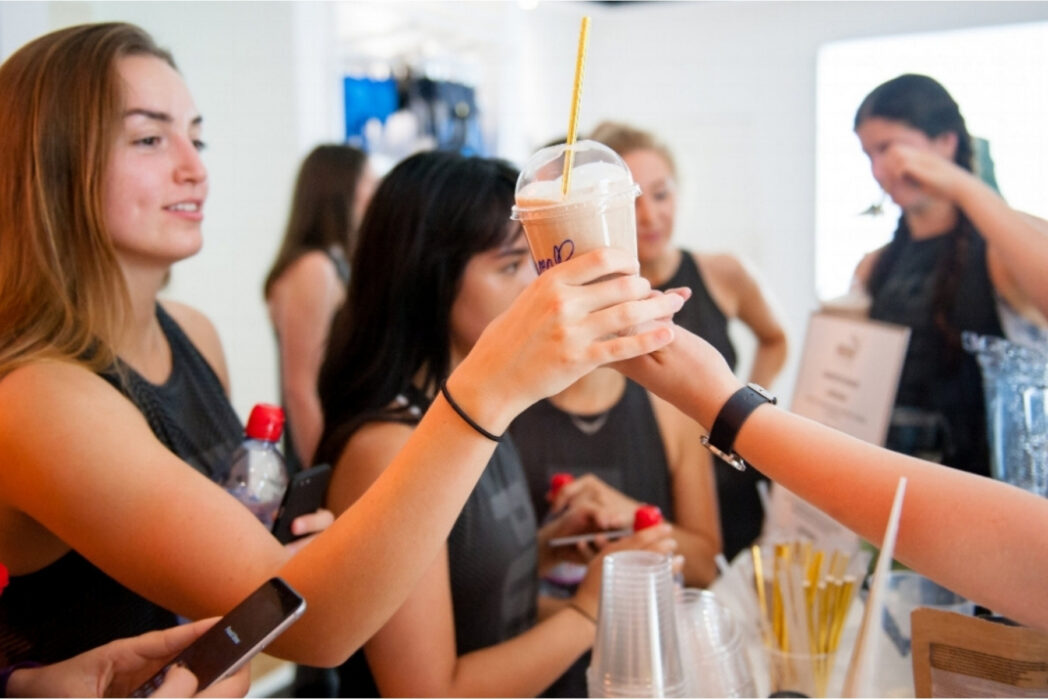


Leave a Reply